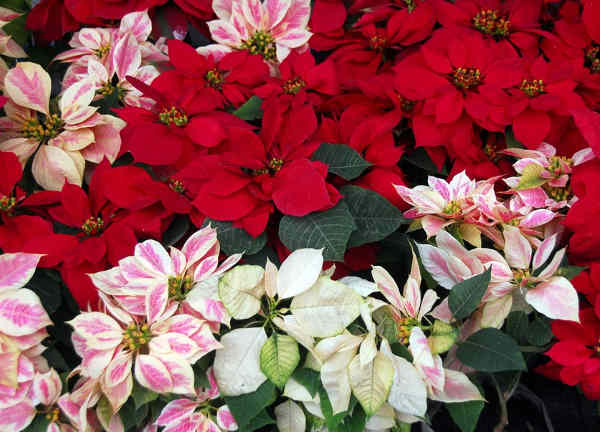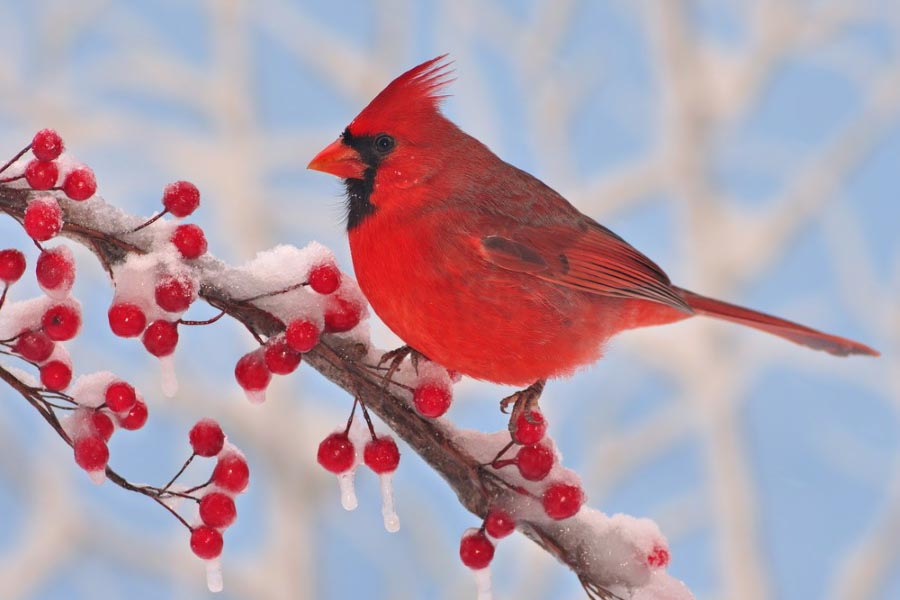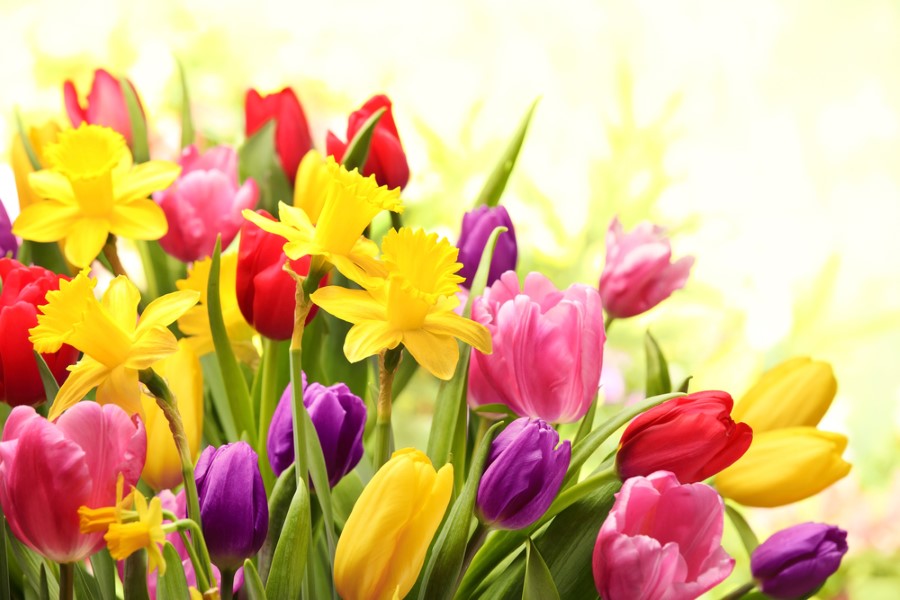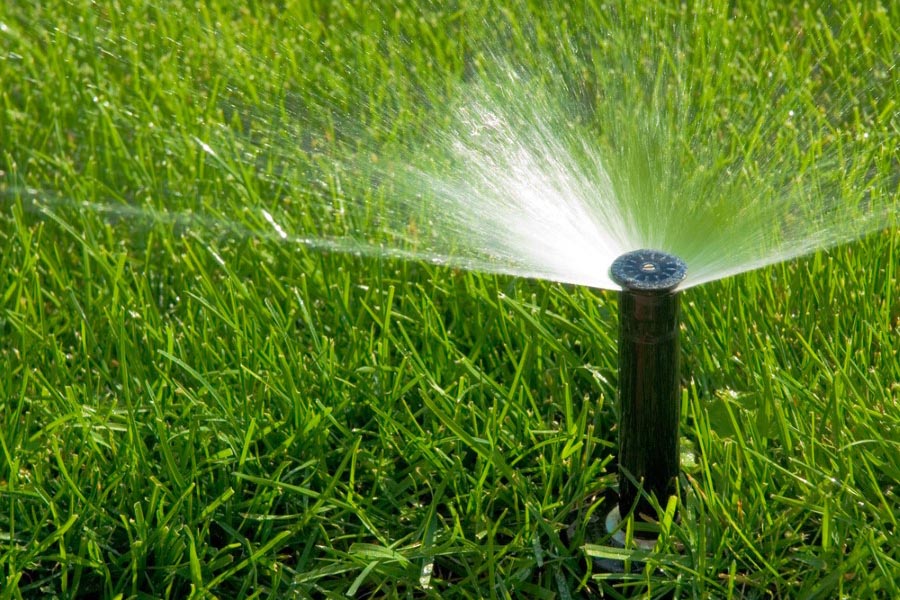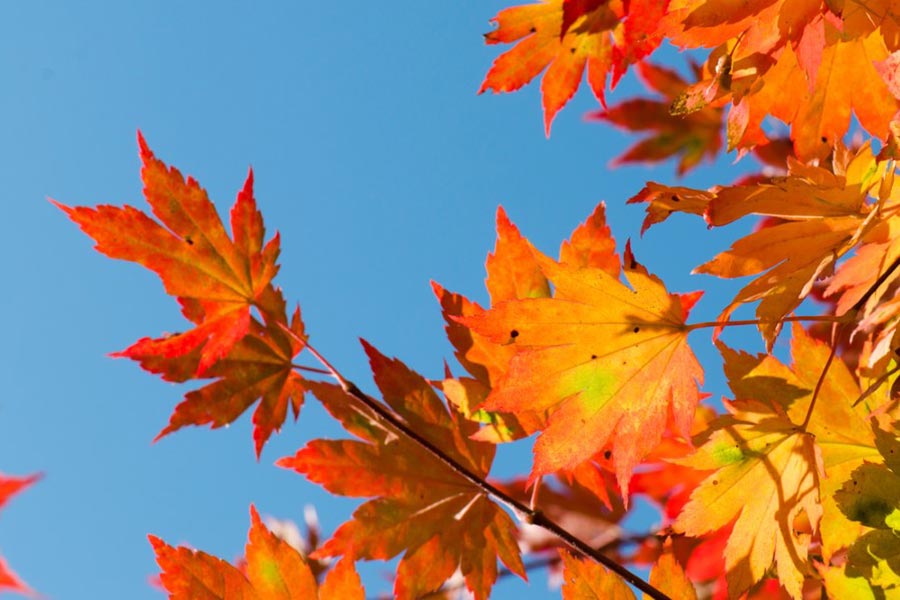Winter Tips
Winter is the time for the garden and the gardener to get some rest. However, before you sit down in front of a warm fire with a good book, we have a few tips and suggestions for you.
Leaf Removal
A thick layer of unshredded leaves on the top of your lawn over winter can cause problems. They become an impenetrable, moldy mat that will smother the grass and block the sun and water.
- If your leaf cover is 1-2″ thick and you can still see the grass, you can use a mulching mower. Make several passes over dry leaves being sure to shred the leaves into small pieces to produce a thin covering that will break down quickly on your lawn.
- If the leaves are thicker than 2″, you can remove the excess leaves and use them elsewhere now, or if kept dry, saved for spring use.
- Shredded leaves can be used as mulch. They can be worked into the soils as an amendment. After the ground freezes they can be used as a protective covering for your perennials. Shredded leaves should be added to your compost pile.
- Leaves are an asset. If used correctly, they are a free source of nutrients and insulation for your garden.
Perennial Care
Your perennials will look better and stay healthier if you care for them now.
- Cut back old, dead and fallen foliage, flowers and stems.
- Most plants can be cut back to about 2″ – 3″ above the ground.
- Check with us about a specific plants’ needs.
- Perennials can be covered with a thin layer of light mulch to protect them through the winter.
- Remove the covering of mulch before spring.
Plant Heaving
Heaving is not usually a problem for established plants, but can be for new plantings. During the cycle of freezing and thawing, the water in the soil can freeze and push the plants up because they do not have a strong root system to anchor them. If they sit out too long, they will die. After a heavy freeze, check your landscape for any plants that may have come up and push them firmly back into the ground.
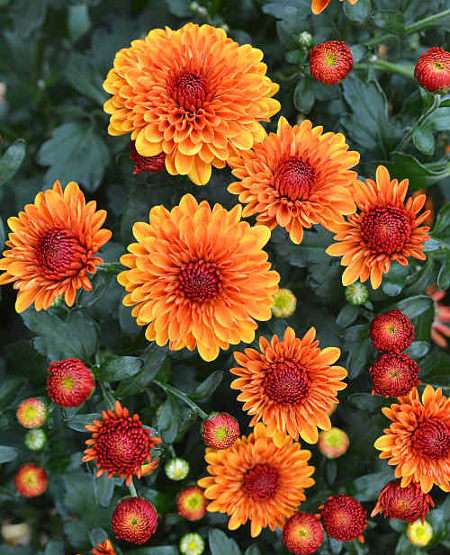
Winterize the Lawnmower
After the final mowing of the season, be sure to properly care for your mower. Follow the recommendations in the owner’s manual, attending to the fuel, oil, battery, cleaning, blade sharpening, etc. Cover and store in a dry location.
Clean Garden Tools
Wash off your tools. Wipe down with rubbing alcohol to disinfect the tools so they don’t spread bacteria in the spring. Use steel wool on metal tools to remove caked on dirt and rust. Store in a dry location.
Watering
One of the most important preparations for winter is a deep and thorough watering before the soil freezes solid. This is essential for new plantings. If the ground does not freeze, continue to water your plants as needed.
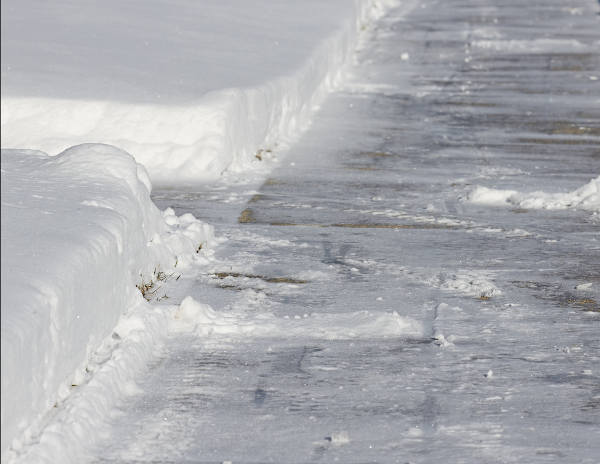
Miscellaneous Reminders
- Even though you may see this done, it is best not to cut ornamental grasses, crape myrtle or caryopteris back until spring, after the danger of frost has passed.
- You can protect your evergreen shrubs from drying out and dying back from the cold winter winds by watering thoroughly before the ground freezes and by spraying with an anti-diseccant spray.
- Try not to walk on frozen lawns. It can damage the crowns of the grass plants and may break the blades of grass. Damage done now will show up in the spring.
- If sidewalks and driveways are icy, use a good quality ice melt product with magnesium chloride. Do not use salt or rock salt that can damage concrete and plants.
- Brush heavy snow off branches to prevent breakage. Use a broom and sweep in an upward motion. Avoid shaking branches. Allow ice to melt on its own. if you are concerned about breakage you can prop the limb up until the ice melts.
Poinsettia Care
After the holidays are over you can still enjoy your beautiful plant.
- A poinsettia should have at least 6 hours of indirect, natural daylight.
- Avoid putting the plant near drafts, excess heat, or dry air. Do not let it touch a window.
- Poinsettias require moderately moist soil. Water when the plant feels dry to the touch. Do not over water!
- When you water, remove the plant from the decorative pots or covers and saturate soil. Let it drain completely.
- A good way to water is to set the plant in a few inches of water to soak it up through the drainage holes. Only leave it in long enough to soak the soil, no more than a couple of hours.
- When the bracts loose their color and appeal, usually in March, cut the poinsettia back to 8″. It will soon grow into an attractive green foliage plant.
